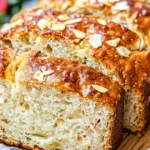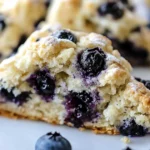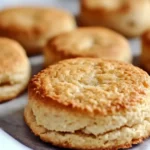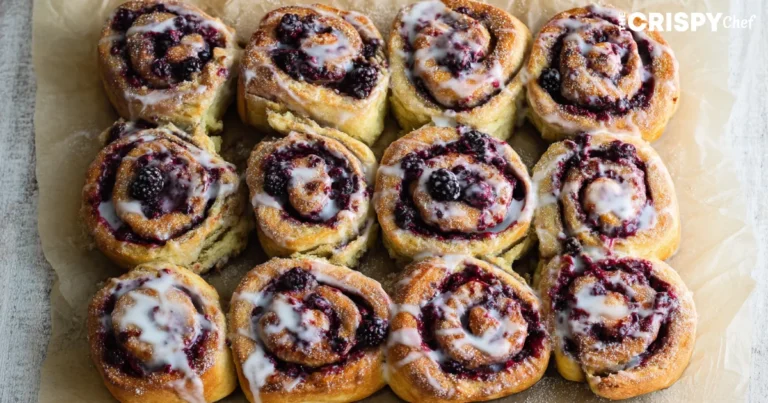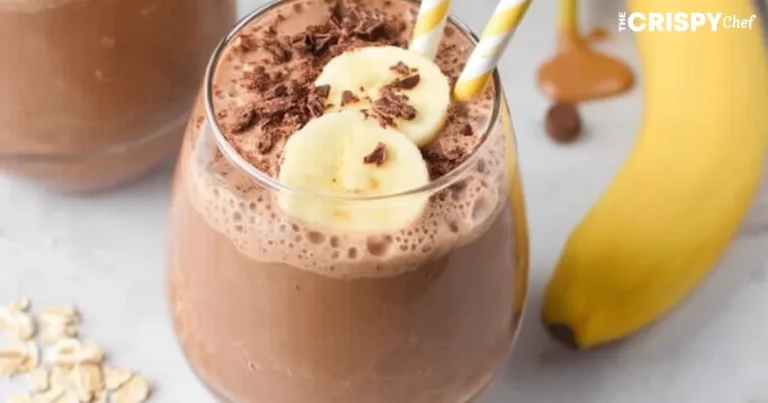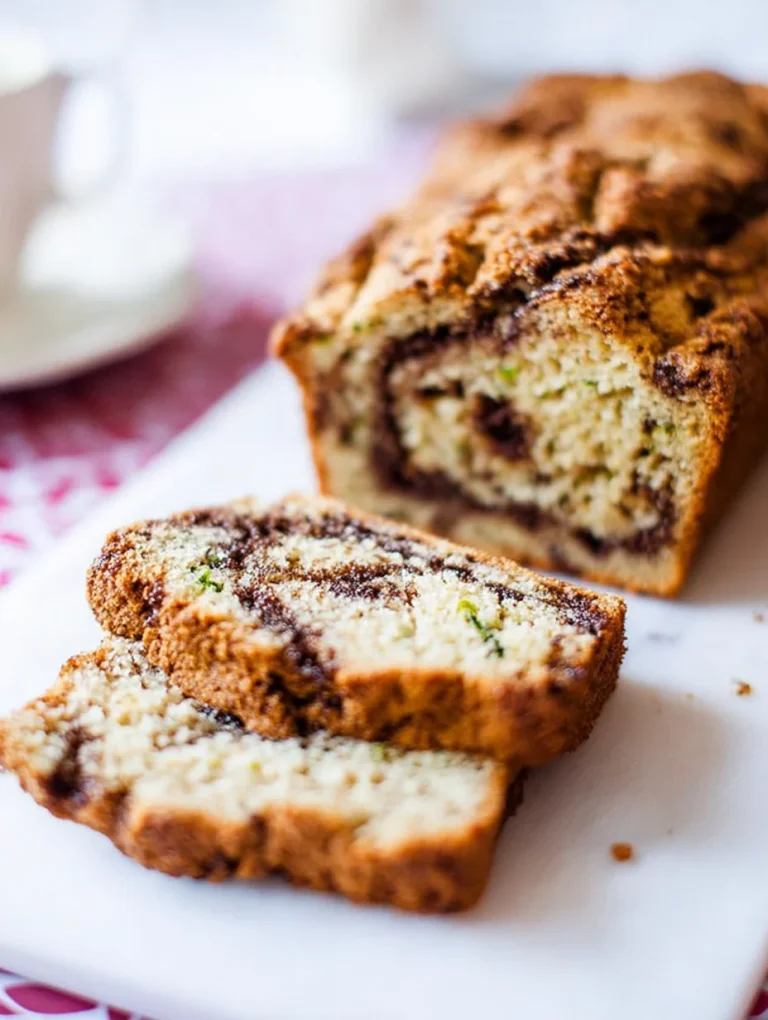Gipfeli recipe, the Swiss version of croissants, are loved for their flaky texture and buttery taste. They are a favorite breakfast pastry. Making them at home lets you enjoy the real Swiss flavors in your kitchen.
The ingredients for Gipfeli recipe include flour, sugar, salt, yeast, warm milk, cold butter, and egg wash. This mix creates a pastry with a golden crust and soft inside. It’s a perfect mix of sweetness and buttery flavor.
Making Gipfeli recipe is a fun culinary journey. It involves kneading the dough and mastering lamination. With practice, you can add Swiss flavors to your breakfast or snacks.
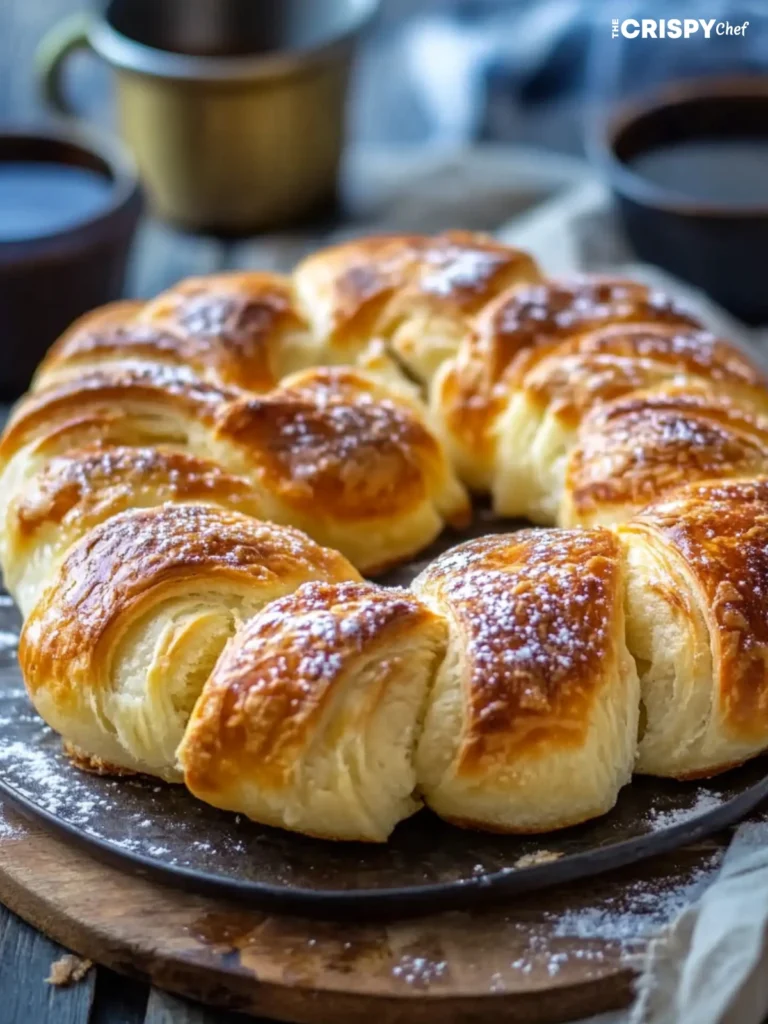
Key Takeaways
- Gipfeli, the Swiss version of croissants, are made with a mix of flour, sugar, salt, yeast, warm milk, cold butter, and egg.
- The recipe requires careful attention to techniques like kneading, chilling, and baking to achieve the perfect flaky texture.
- Gipfeli can be served with a variety of accompaniments, from sweet to savory, making them a versatile breakfast or snack option.
- Following the right steps and using high-quality ingredients are essential for creating authentic, delicious gipfeli at home.
- Mastering the art of gipfeli baking can be a rewarding culinary experience, bringing the flavors of Switzerland to your kitchen.
Understanding Swiss Gipfeli: A Traditional Breakfast Delight
Gipfeli, the beloved Swiss crescent-shaped pastries, have a rich history and cultural significance. They date back to the early 19th century. These buttery brioche dough delights are a staple in Switzerland and neighboring regions. They are cherished as a traditional morning snack that brings families and communities together.
History and Cultural Significance
The Swiss bakery tradition has deep roots, with pastry shops originating in the 17th century. They served as important community hubs. Each Swiss canton has its own unique pastries, reflecting the country’s regional diversity. Gipfeli, along with other Swiss specialties like Nussgipfel and Mandelgipfel, showcase the breadth of Swiss baking.
Differences Between Gipfeli and French Croissants
While Gipfeli and French croissants share similarities as crescent-shaped rolls, there are distinct differences. Gipfeli are known for their slightly denser texture and more pronounced curve. They are beloved in German-speaking Switzerland and neighboring regions. Croissants, on the other hand, have gained global popularity, especially in French-inspired bakeries.
Traditional Serving Methods
Gipfeli are often enjoyed as a morning snack, paired with a cup of coffee or tea. They can be savored plain, with a pat of butter and a dollop of jam, or filled with savory ingredients like cheese or ham. The versatility of Gipfeli makes them a beloved staple in Swiss bakeries and homes alike.
“Each Swiss canton has its own special pastries, with the Valais region known for almond-filled Mandelgipfel and the Bernese Oberland famed for Saanen Zipfel.”
Essential Ingredients for Perfect Gipfeli Recipe
To make the perfect Swiss viennoiserie baking treat, the gipfeli, you need the right ingredients. You’ll need all-purpose flour, warm milk, sugar, active dry yeast, and salt. The quality and temperature of these gipfeli ingredients are key to getting the light and airy texture.
Begin with 3 1/2 cups of bread flour for crisper layers. Then, add 2 1/4 teaspoons of active dry yeast, 1/4 cup of sugar, and 1 teaspoon of salt. You’ll also need 1 cup of warm milk and 1 cup of cold, cubed unsalted butter.
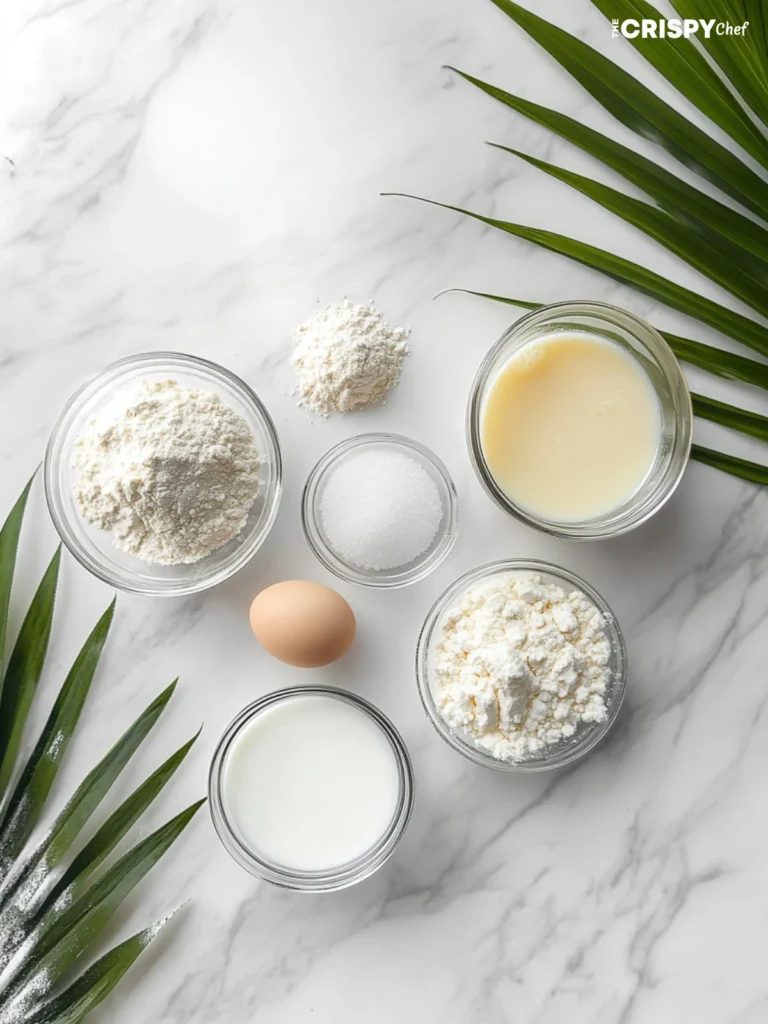
| Ingredient | Quantity |
|---|---|
| Bread Flour | 3 1/2 cups |
| Active Dry Yeast | 2 1/4 teaspoons |
| Sugar | 1/4 cup |
| Salt | 1 teaspoon |
| Cold Unsalted Butter | 1 cup (cubed) |
| Warm Milk | 1 cup |
The secret to the flaky butter pastries texture of the gipfeli is in the cold butter. By folding the butter into the dough, you create the layers that make these pastries so delicious.
Kitchen Equipment and Tools Required
To make perfect Swiss Gipfeli at home, you need the right tools. We’ll look at the must-haves and nice-to-haves for making Gipfeli.
Essential Baking Tools
- Mixing bowls: You’ll need different sizes for the dough and prep stages.
- Measuring cups and spoons: Accurate measurements are key for the right dough and flavor.
- Rolling pin: A strong rolling pin is needed for even dough rolling.
- Baking sheet: A sturdy baking sheet helps shape and bake the Gipfeli.
- Parchment paper: It prevents sticking and ensures even baking.
- Pastry brush: A soft brush is needed for the egg wash on the Gipfeli.
- Plastic wrap: It keeps the dough moist during resting and chilling.
- Damp cloth: A damp cloth helps maintain humidity during resting and chilling.
Optional Equipment for Advanced Techniques
For advanced bakers, these tools can enhance your Gipfeli:
- Pastry mat: A non-stick mat helps with dough rolling and shaping.
- Kitchen thermometer: It ensures the right milk and oven temperatures.
Temperature Control Tools
Temperature control is crucial for perfect Gipfeli. You’ll need:
- Oven thermometer: To check your oven’s temperature.
- Ice packs or cooling racks: They keep the dough cold during lamination.
With these tools, you’ll master Swiss Gipfeli recipe at home. The right equipment and practice will make your Gipfeli a treat to enjoy.
Mastering the Basic Gipfeli Dough
Making the perfect gipfeli dough is key to this Swiss breakfast pastry. It starts with activating the yeast and using the right kneading techniques. These steps will help you get the dough just right.
Start by mixing the active dry yeast with warm whole milk. This mix is essential for the dough’s rise. Then, mix the dry ingredients like all-purpose flour, bread flour, granulated sugar, and salt in another bowl.
- Mix the yeast mixture into the dry ingredients until it forms a dough.
- Knead the dough for about 10 minutes. Use your palms to build the gluten. This makes the dough flaky yet tender.
- Put the dough in a greased bowl, cover it, and let it rise for an hour. It should double in size.
The dough is now ready for lamination. This step will make the dough flaky. You’ve got the dough’s foundation right, so move forward with confidence.
“Kneading the dough is the key to unlocking the perfect gipfeli texture.”
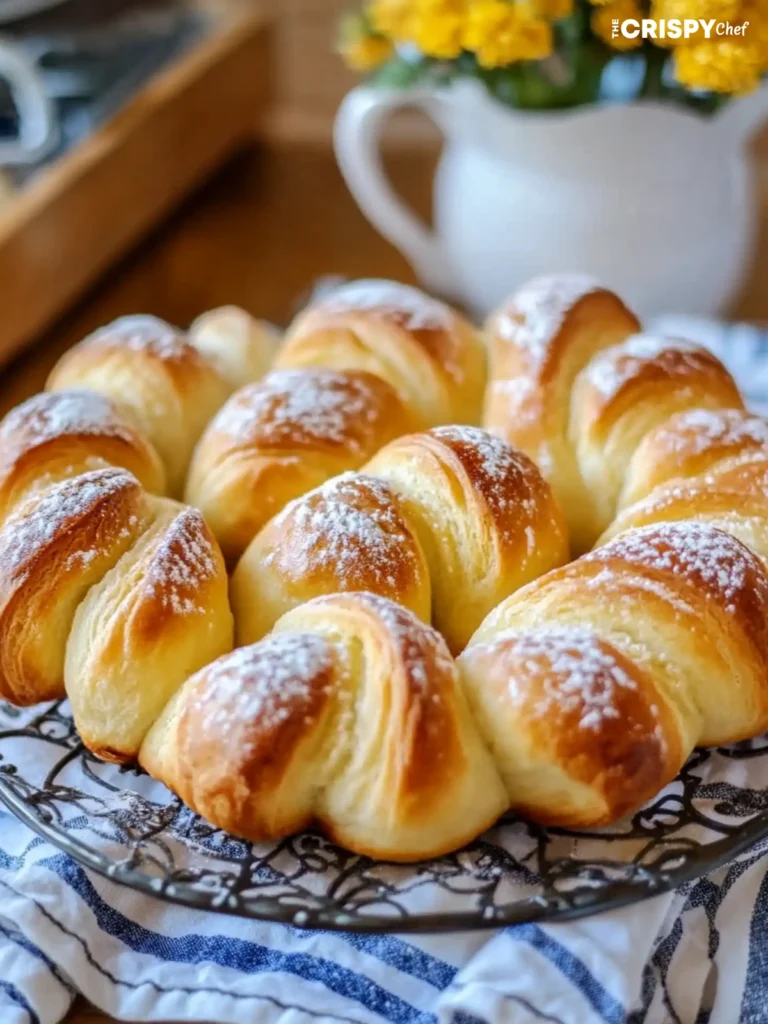
The Art of Lamination: Creating Flaky Layers
The secret to flaky layers in Swiss Gipfeli recipe is lamination. This method involves adding cold butter to the dough in a special way. It creates the unique texture and taste of these pastries.
Butter Layer Technique
You need European-style butter with 82% fat for the dough. This butter keeps the dough and butter layers separate. Start by spreading cold butter over two-thirds of the dough. Then, fold the dough over the butter, creating a buttery sandwich.
Folding Methods
After adding butter, roll and fold the dough. Keep it rectangular and fold several times. This rolling and folding creates the flaky layers of Swiss Gipfeli.
Temperature Control Tips
Keeping the butter cold but pliable is key. Chill the dough in the fridge for 30 minutes after each fold. This helps the dough relax and prevents the butter from melting too fast.
| Technique | Importance |
|---|---|
| Butter layering | Ensures distinct layers of butter and dough for flakiness |
| Folding methods | Develops hundreds of delicate layers for a light, airy texture |
| Temperature control | Maintains the integrity of the butter and dough structure |
“The key to flawless lamination is patience and precision. With each fold, you’re creating a masterpiece of buttery, flaky perfection.”
Shaping and Forming Your Gipfeli
Making Swiss Gipfeli recipe at home is an art. The shaping step is key to getting that classic crescent look. After folding and chilling your dough, it’s time to show off your gipfeli shaping skills.
Start by rolling the chilled dough into a big rectangle, about 1/4 inch thick. Use a sharp knife or pizza cutter to cut the dough into triangles. Roll each triangle from the base to the tip to get the crescent shape.
- Roll the dough into a large rectangle, about 1/4 inch thick.
- Slice the dough into triangular pieces using a sharp knife or pizza cutter.
- Carefully roll each triangle from the base to the tip to create the crescent shape.
- Place the shaped Gipfeli on a baking sheet, with the tip tucked underneath to prevent unrolling.
- Allow the shaped Gipfeli to rise for 30 minutes before baking.
For perfect gipfeli recipe shaping, handle the dough gently. Keep the crescent shape as you roll and place them. With practice, you’ll make a tray of beautifully shaped Gipfeli, ready to bake.
“The true test of a Gipfeli recipe is in its shape – a perfect crescent that speaks of skill and tradition.”
Professional Tips for Perfect Swiss Gipfeli
Baking Swiss gipfeli recipe at home is more than just a recipe. It’s about avoiding mistakes and mastering storage and reheating. These tips will help you make bakery-quality gipfeli at home.
Common Mistakes to Avoid
- Overworking the dough: Too much kneading makes gipfeli tough and chewy, not light and flaky.
- Using warm butter: Warm butter messes up the lamination, making the pastry dense and greasy.
- Insufficient resting time: Not letting the dough rest enough can lead to poor rise and uneven baking.
Troubleshooting Guide
If your gipfeli recipe aren’t perfect, here’s how to fix them:
- Dough is too sticky: Add a bit of flour to the work surface and dough while kneading and rolling.
- Pastries spread too much: Chill the dough well before shaping and baking.
- Uneven baking: Make sure your oven is at the right temperature. Rotate the baking sheet halfway through.
Storage and Reheating Methods
Right storage and reheating keep gipfeli recipe fresh and flaky for days. Here’s how:
- Keep gipfeli recipe in an airtight container at room temperature for 1-2 days.
- Freeze gipfeli after shaping but before rising. Thaw and bake as needed for longer storage.
- To reheat, warm gipfeli in a 400°F (200°C) oven for 5-7 minutes until crispy.
Follow these gipfeli baking tips, troubleshooting, and storage methods. You’ll make delicious, professional-quality Swiss pastries in your kitchen.
Sweet and Savory Filling Options
Gipfeli, the beloved Swiss pastry, can be transformed into a delightful treat by incorporating a variety of sweet and savory fillings. Explore the possibilities and elevate your gipfeli experience with these mouthwatering options.
For a decadent touch, consider sweet fillings such as rich chocolate, tangy jam, or the beloved Nutella spread. These fillings complement the flaky, buttery texture of the gipfeli recipe perfectly, creating a harmonious balance of flavors. Alternatively, you can experiment with savory fillings, such as thinly sliced ham, melty cheese, or even indulgent smoked salmon, to satisfy your cravings for a more savory experience.
To incorporate the fillings, simply add them to the dough triangles before rolling and shaping your gipfeli. This allows the flavors to seamlessly blend and create a delightful surprise with every bite. Explore different combinations of gipfeli fillings and discover your personal favorite sweet and savory pastries. The possibilities are endless, and the joy of creating and enjoying your own homemade gipfeli recipe is unparalleled.
FAQ
What are Gipfeli?
Gipfeli recipe are Swiss croissants. They are flaky, buttery pastries great for breakfast or snacks. Their crispy crust and denser texture set them apart from French croissants.
What are the key ingredients in Gipfeli?
Gipfeli recipe need all-purpose flour, warm milk, sugar, and yeast. You also need salt, cold unsalted butter, and an egg for brushing.
What tools are needed to make Gipfeli recipe at home?
You’ll need mixing bowls, measuring cups, and spoons. A rolling pin, baking sheet, and parchment paper are also necessary. Don’t forget a pastry brush, plastic wrap, and a damp cloth. A kitchen thermometer is helpful too.
How do you make the Gipfeli recipe dough?
Start by activating yeast in warm milk. Then mix dry ingredients and combine with the yeast mixture. Knead for about 10 minutes. Let the dough rise for an hour before lamination.
What is the lamination process for Gipfeli?
Lamination involves adding cold butter to the dough through folds. This creates flaky layers. Keeping the butter cold is key.
How do you shape and form Gipfeli?
Roll the dough into a rectangle after the final fold and chill. Cut into triangles and roll each into a crescent shape.
What are some common mistakes to avoid when making Gipfeli?
Avoid overworking the dough and using warm butter. Make sure to rest the dough enough. Keeping the oven at the right temperature is also crucial.
How can Gipfeli recipe be filled and served?
Fill Gipfeli recipe with sweet or savory ingredients like chocolate, jam, or ham. Enjoy them with coffee or tea for a Swiss breakfast.
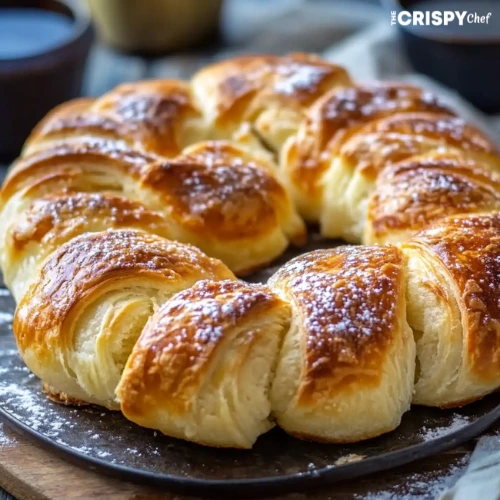
Gipfeli (Swiss Croissants)
Equipment
- Mixing bowls
- Measuring cups and spoons
- Rolling Pin
- Baking sheet
- Parchment paper
- Pastry brush
- Plastic wrap
- Damp cloth
- Kitchen thermometer (optional)
Ingredients
- 3 1/2 cups bread flour
- 2 1/4 teaspoons active dry yeast
- 1/4 cup sugar
- 1 teaspoon salt
- 1 cup cold unsalted butter cubed
- 1 cup warm milk
- 1 egg for egg wash
Instructions
- Activate the Yeast: Mix the yeast with warm milk and set it aside for 5 minutes to activate.
- Mix Dry Ingredients: In a separate bowl, combine the bread flour, sugar, and salt.
- Form the Dough: Add the yeast mixture to the dry ingredients and mix to form a dough.
- Knead: Knead the dough for about 10 minutes until smooth and elastic.
- Rise: Place the dough in a greased bowl, cover, and let it rise for 1 hour or until doubled in size.
- Laminate the Dough: Roll the dough out and add cold butter. Fold and roll the dough several times to create layers, refrigerating for 30 minutes between folds.
- Shape the Gipfeli: Roll the dough into a rectangle and cut into triangles. Roll each triangle into a crescent shape and place on a baking sheet.
- Final Rise: Allow the shaped Gipfeli to rise for 30 minutes.
- Bake: Preheat the oven to 400°F (200°C) and bake for 20-25 minutes until golden brown.
- Cool and Serve: Let cool on a wire rack before serving.
